Breakfast at Caffe Ritazza
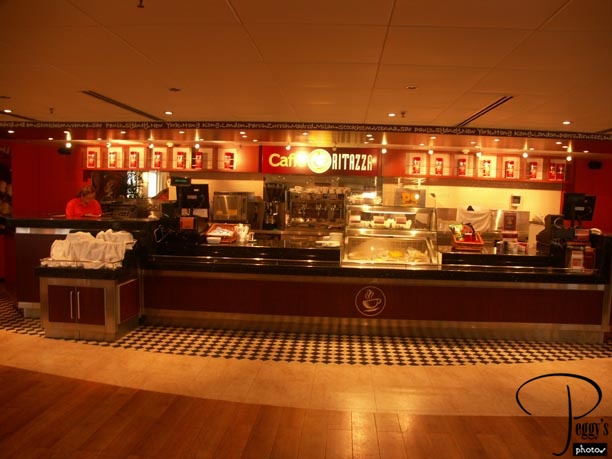
I slept okay last night in my cabin coccoon. The cabins are not very well soundproofed from noise outside the cabin or from noise from adjoining cabins, so you may want to bring along some earplugs––I did and I used them last night, but on subsequent nights, I had become used to the sounds of the night and no longer needed my earplugs. I had breakfast at the Caffe Ritazza (Deck 3). Prices on the ship are in British pounds, which is a bit hard on Americans as our dollar is not doing very well against the British pound. My breakfast came to 7.75 British pounds or $13.54 U.S. dollars: (in British pounds) freshly squeezed orange juice––1.50; fresh fruit plate (quite big)––3.75; freshly made almond croissant––1.50; and coffee Americano––1.40. You could also order a full breakfast upstairs at the Sports Bar, but it did not open until an hour after the cafe. By this time, more passengers had come on the ship and I kept seeing more people who were close to my age. We older folks kept looking at the faces of the other like–aged people with a facial expression saying “thank goodness you are here.” We really expected to be the older oddballs on this cruise. I estimate that about half of the cruise passengers were under 40 and the other half over 40, with many of the over 40 way way over 40.

Breakfast at Caffe Ritazza
Taxi Tour
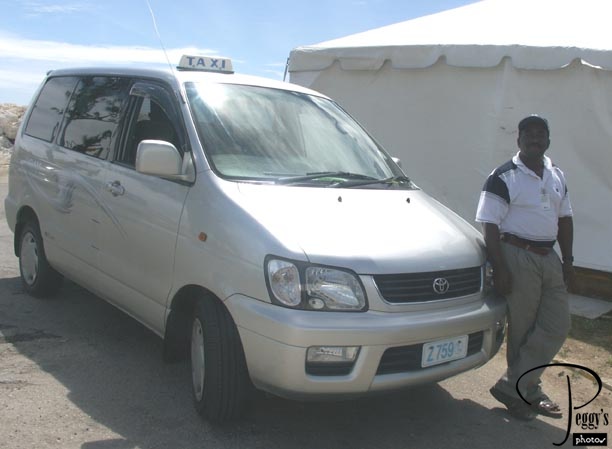
I had originally planned to spend this day walking around the capital of Bridgetown––a short taxi ride from the cruise terminal. However, my tour guide yesterday told me that Bridgetown is almost entirely closed down on Sundays, so I had to make other plans. It was too late to book another tour, so I took a tour instead in a private taxi. The taxi drivers outside the cruise terminals are very good guides. I remember my driver’s name as David, though I forgot to write it down. Here he is in the photo.

Taxi Tour
Taxi Tour
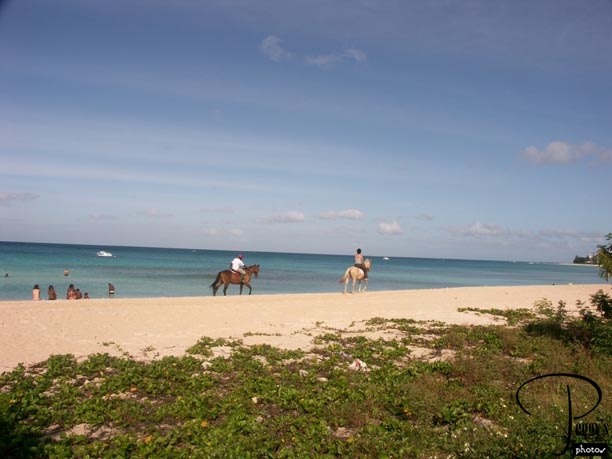
I told David that I would want him to stop when I asked him to so I could take photos. Quite unbelievably, he just stopped on his side of the two–lane roads, making the cars behind us have to pass us using the other lane. No one seemed upset about this, so I guess this is the way it is done in Barbados. He stopped so that I could take this photo of the beach––Caribbean side of the island.

Taxi Tour
Taxi Tour
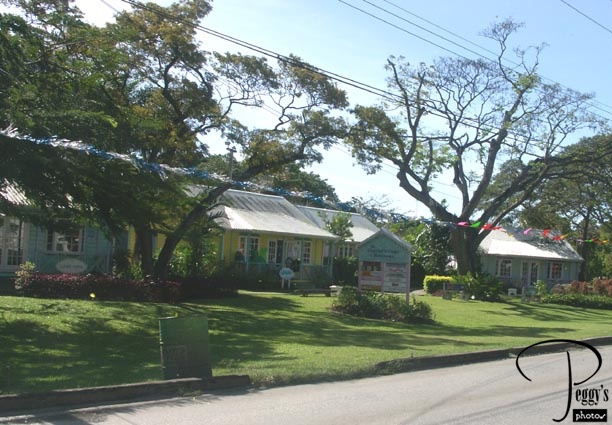
We passed the Chattel Village, a shopping center in Holetown, the island’s first settlement.

Taxi Tour
Taxi Tour
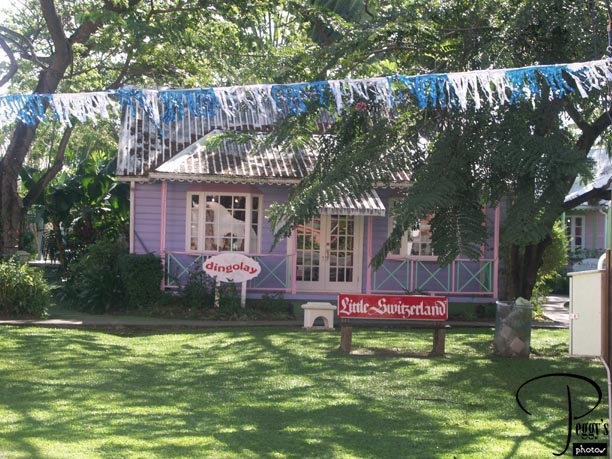
Close–up of one of the chattel houses in Chattel Village.

Taxi Tour
Taxi Tour
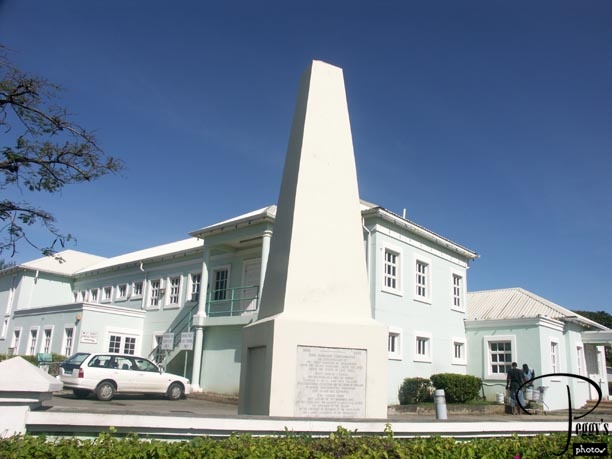
This monument in Holetown commorates the first landing of Englishmen from the “Olive Blossom” near this spot about the month of July 1605.

Taxi Tour
St. James Parish Church
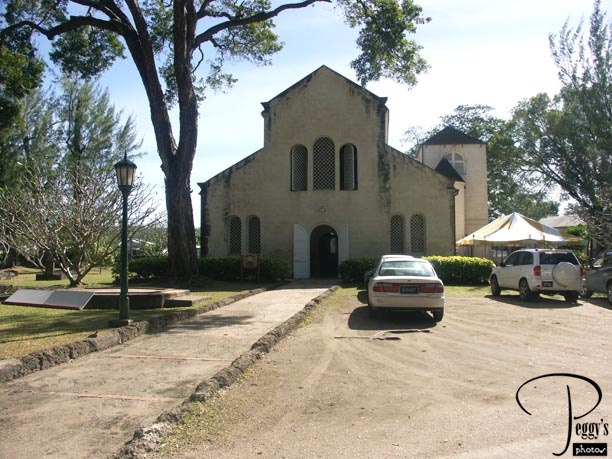
David asked me about what places in Barbados I have already visited so that he could show me other sights. I passed this church on another tour but we hadn’t stopped at it. This is St. James Parish Church, an Anglican church built in 1847. It is near Holetown. A mass was going on inside the church so I was only able to take outside photos.

St. James Parish Church
St. James Parish Church
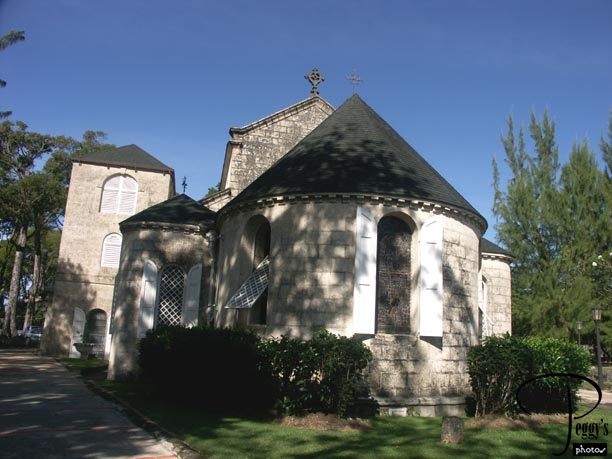
Another view of the church.

St. James Parish Church
St. James Parish Church
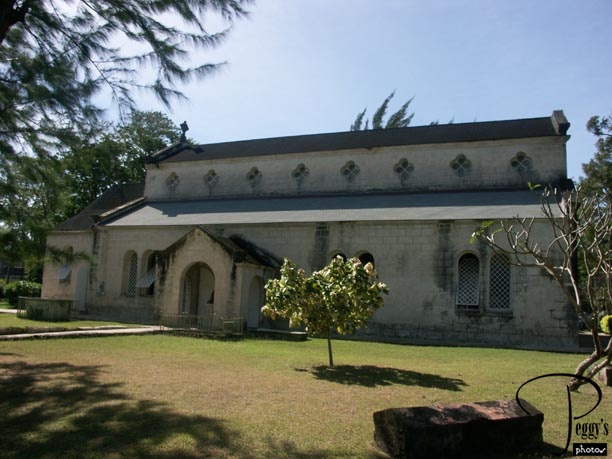
Another view.

St. James Parish Church
On the Road
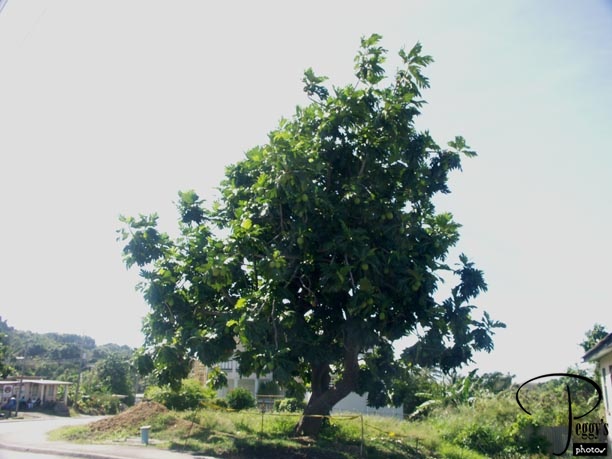
After viewing St. James Parish Church, David took me for a drive through Sandy Lane. This is the Beverly Hills of Barbados with very similar looking properties to those of Beverly Hills, CA, except that the folliage is much more lush. The one rule here for taxi drivers to follow if they are going to give tours of Sandy Lane is that they have to forbid their passengers to take any photos––hence, no photos of Sandy Lane. There are also exclusive resorts and golf courses at Sandy Lane and it is also where Tiger Woods got married in 2004. Back to where I could take photos: A very large breadfruit tree along the road.

On the Road
On the Road
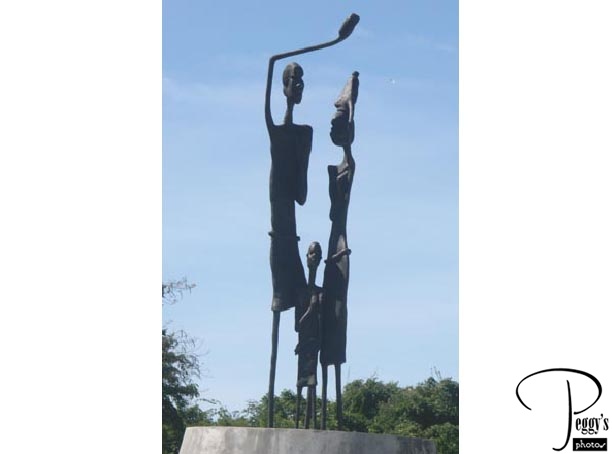
Impressive art work––I don’t have more information about it, but it was located on a road not well traveled and, hence, probably not seen by many tourists.

On the Road
On the Road
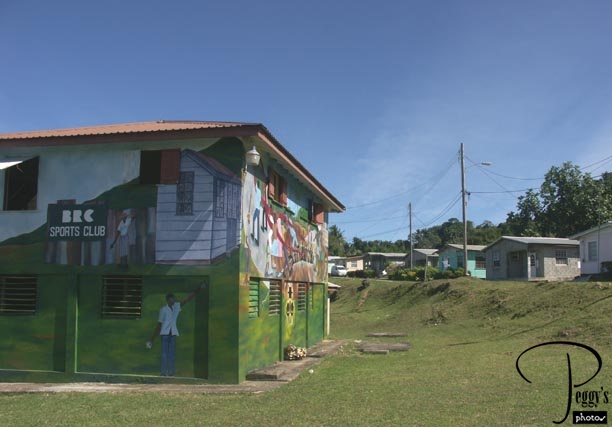
This small group of houses is where David lives. There is a large field here––the two main sports in Barbados are soccer and cricket. Barbados will host the World Cricket Cup in 2007. Some of his family had worked on the plantations and so were able to buy their property here on the old plantation grounds for 5 Bajan cents per acre.

On the Road
On the Road
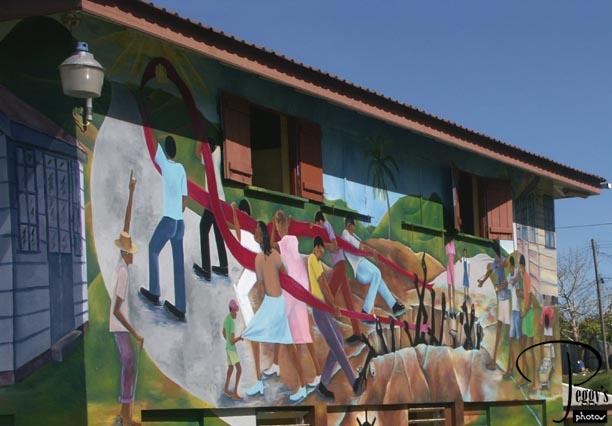
Close–up of the mural.

On the Road
On the Road
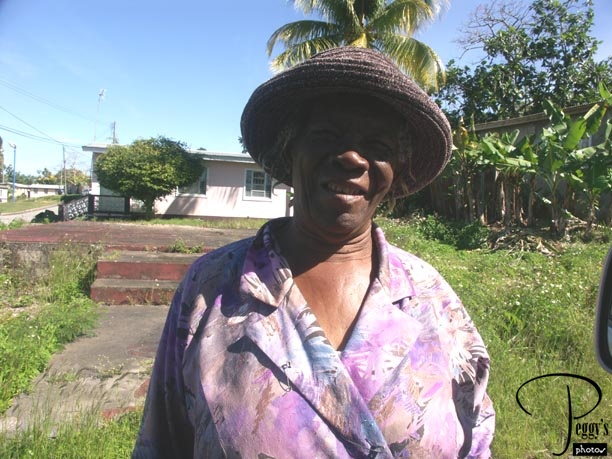
David’s grandmother was walking along the road. She allowed me to take this wonderful photo of her. I could not understand a word of the conversation David and his grandmother were having as the Bajans (and likewise in some of the other English–speaking Caribbean islands) talk to each other in a very very clipped English. The guides greatly slow down their English for the tourists.

On the Road
On the Road
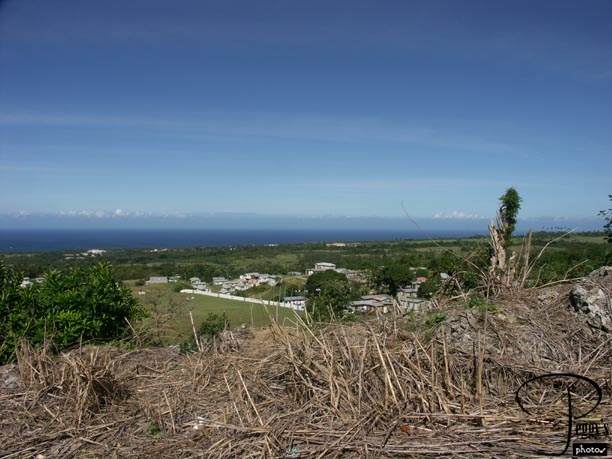
View of David’s village from the top of the hill. I believe that the ocean in the photo is the Atlantic.

On the Road
On the Road
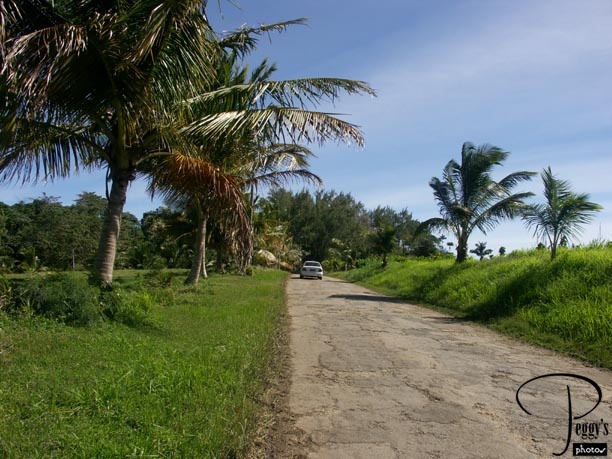
Most of the roads in Barbados are in good shape, but some need work.

On the Road
On the Road
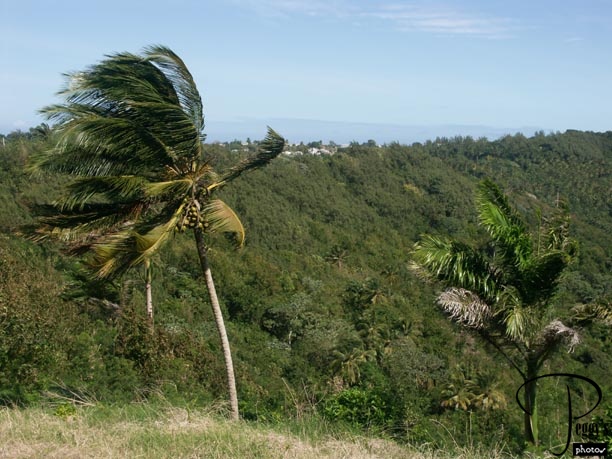
The tradewinds are blowing!

On the Road
On the Road
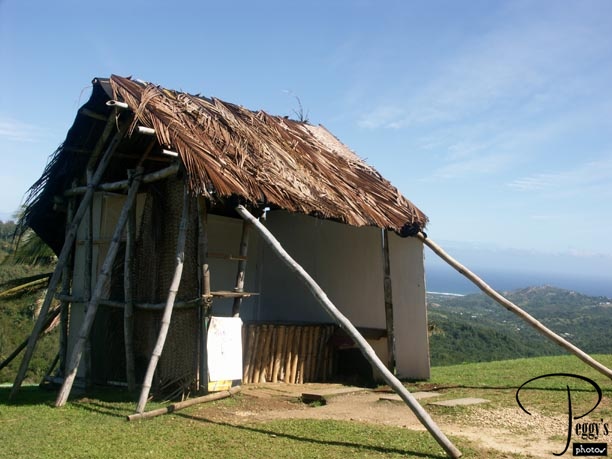
Souvenir stand at a place where horses can be rented. No tourists today except me, so no souvenir seller.

On the Road
On the Road
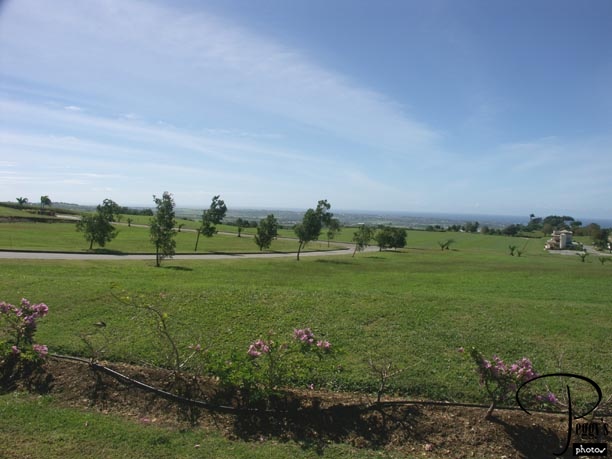
Land on which another Beverly Hills–type Barbados development will be located. I asked David how he felt about wealthly people buying and developing property in Barbados. He said that he was pleased that it was being done as the properties employ many people in long–term positions.

On the Road
On the Road
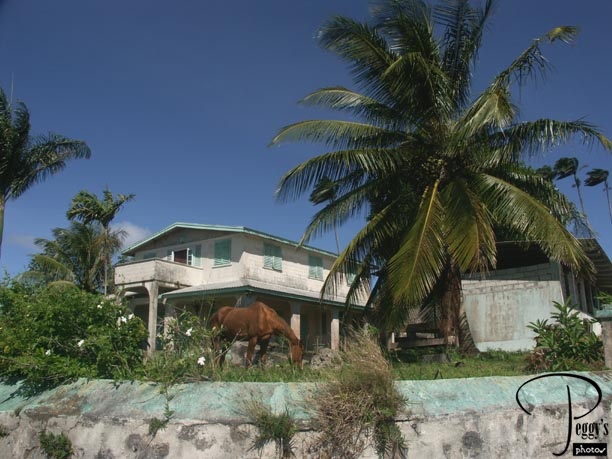
Middle–class house in Barbados.

On the Road
On the Road
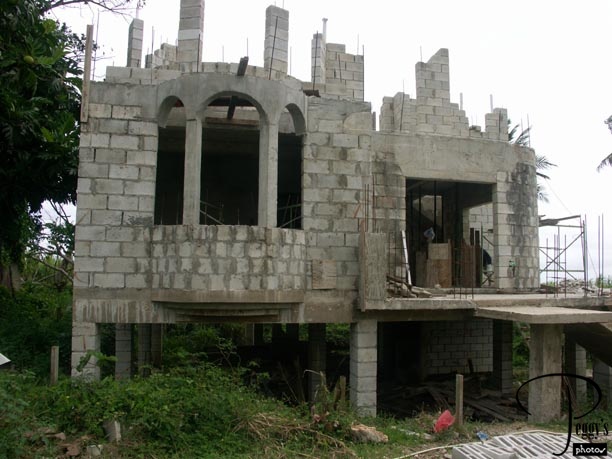
New house being built. If the homebuyer has a good deal of money, then they will use coral stone blocks to build their houses. These blocks are left unpainted. Otherwise, they will use regular cement blocks, which appears to being used for this house.

On the Road
The Flower Forest
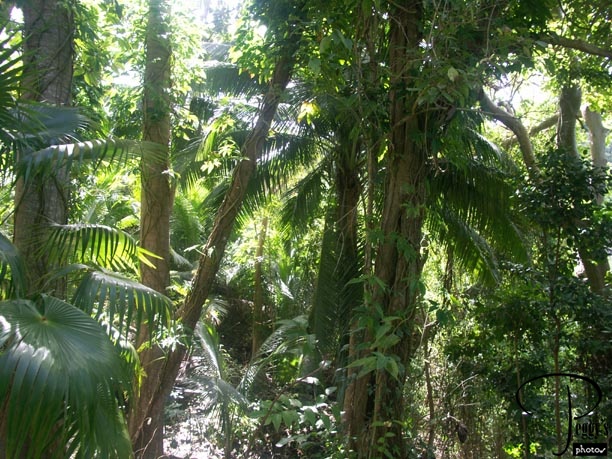
We stopped at the Flower Forest, which is located at about 850 feet above sea level and on an old sugar plantation. The vegetation here is very lush.

The Flower Forest
The Flower Forest
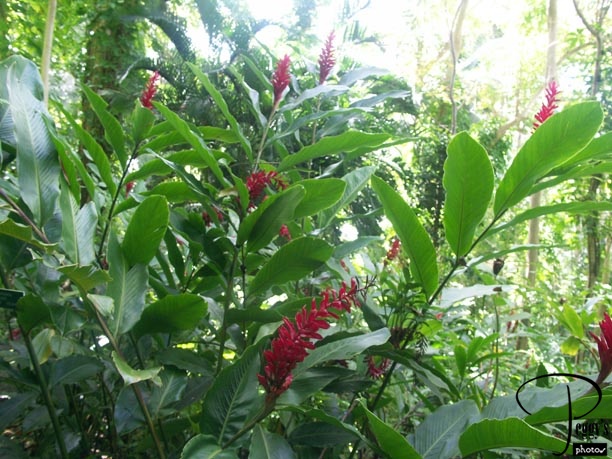
Red ginger plant. Many of the plants and flowers in this forest can be grown in Southern California, though I have never seen any of them growing as well as they do here in Barbados.

The Flower Forest
The Flower Forest
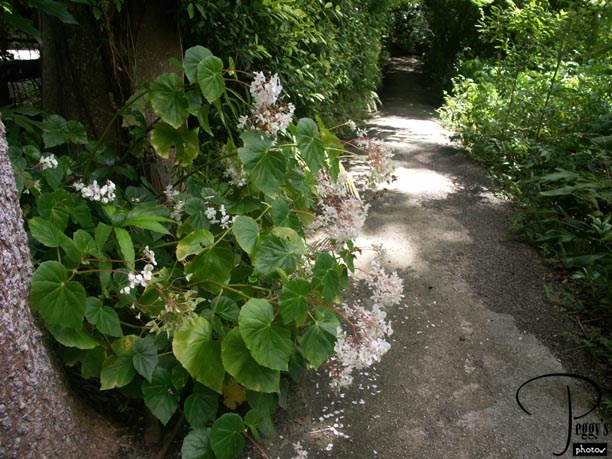
Pathway through the Flower Forest.

The Flower Forest
The Flower Forest
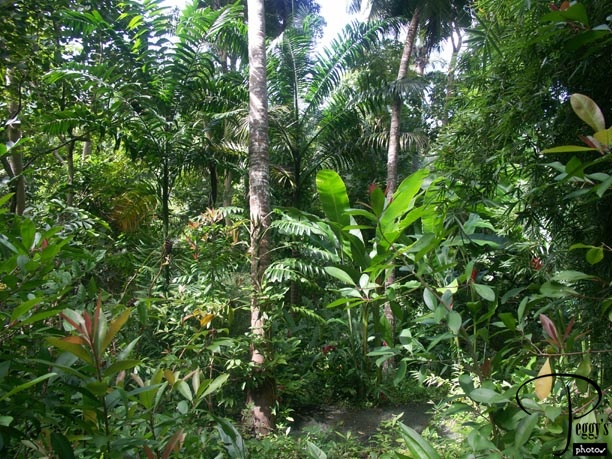
Another view of the Flower Forest.

The Flower Forest
The Flower Forest

View of the Atlantic Ocean from the Flower Forest. Before we left the Flower Forest, we were “treated” to another one of the rather frequent short Caribbean rain showers.

The Flower Forest
On the Road Again

Flowers planted on the side of a sugarcane field. Sometimes, sweet potatoes would be planted on the roadside. David told me that yesterday he had negotiated buying the sweet potatoes, of course, sight unseen, that were under an about 25–foot–long patch. Of course, he had to dig up the potatoes himself and he was pleased with his purchase.

On the Road Again
On the Road Again
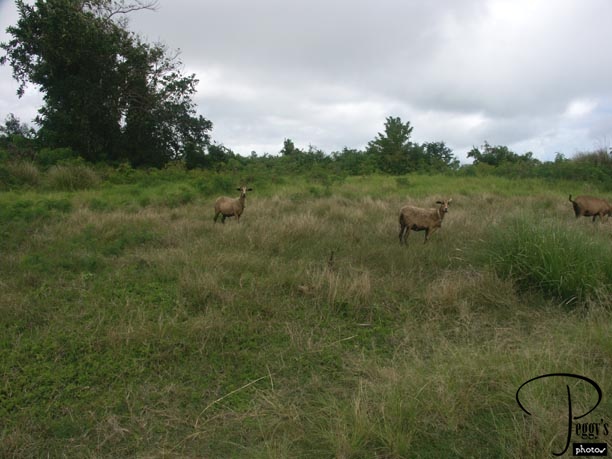
Barbados black belly sheep. The sheep were tethered.

On the Road Again
On the Road Again
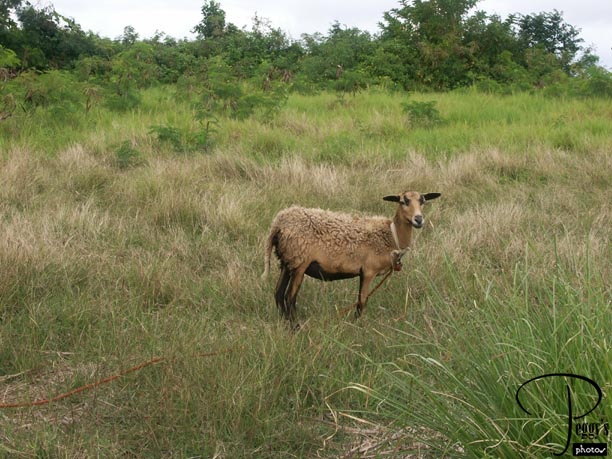
In this photo, you can easily tell by the sheep’s growing wool coat that it is not a goat.

On the Road Again
On the Road Again
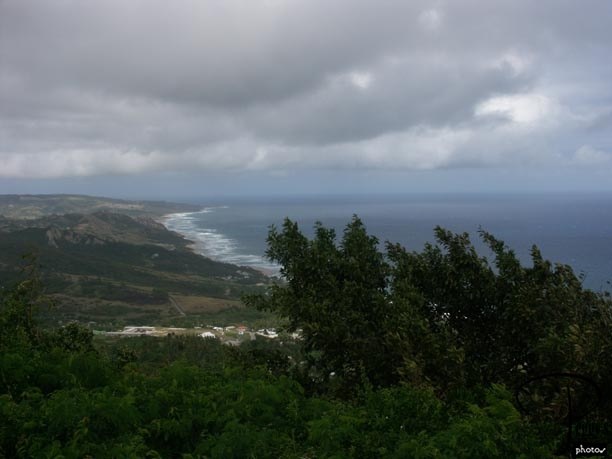
I walked up the hill, avoiding the sheep, to take this photo of the Atlantic Coast.

On the Road Again
On the Road Again
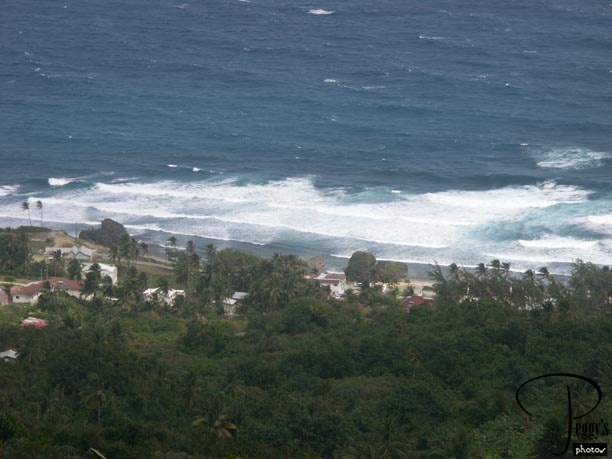
You can tell from the giant coral boulders bordering the ocean that we are overlooking Bathsheba.

On the Road Again
On the Road Again
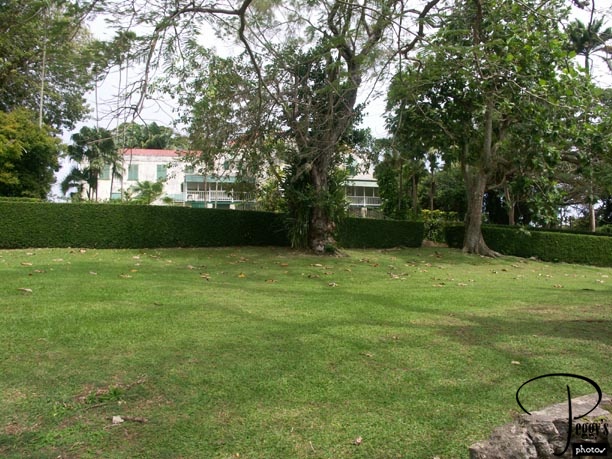
The old Malvern Plantation House, now a center for complementary medicine (a cure for all ills).

On the Road Again
On the Road Again
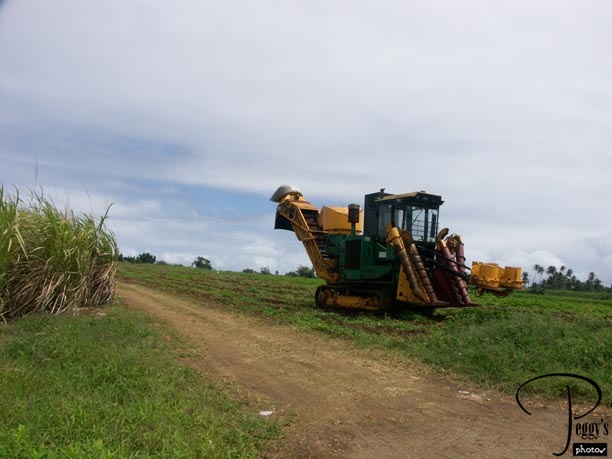
Sugar cane harvester on a field to the side of the old plantation house.

On the Road Again
On the Road Again
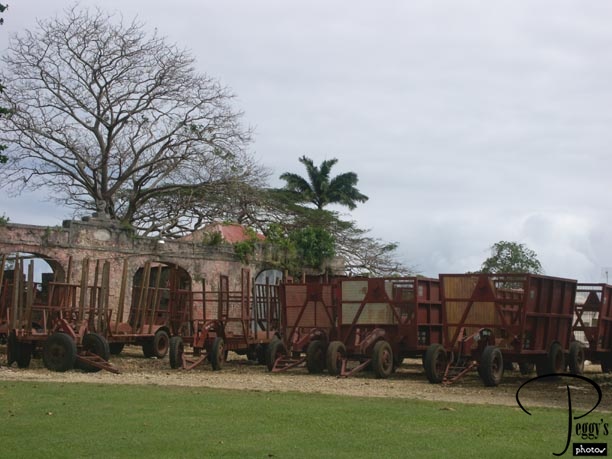
These carts are used to carry the sugarcane after it is cut.

On the Road Again
On the Road Again
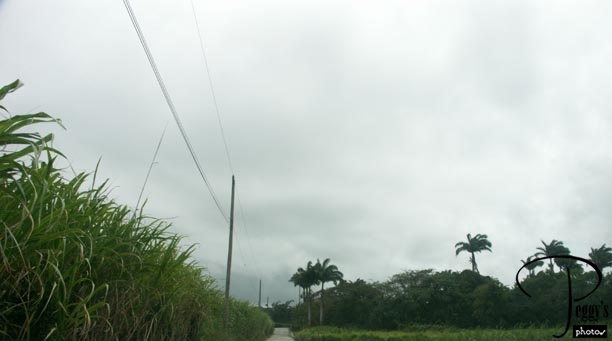
More sugarcane fields.

On the Road Again
On the Road Again
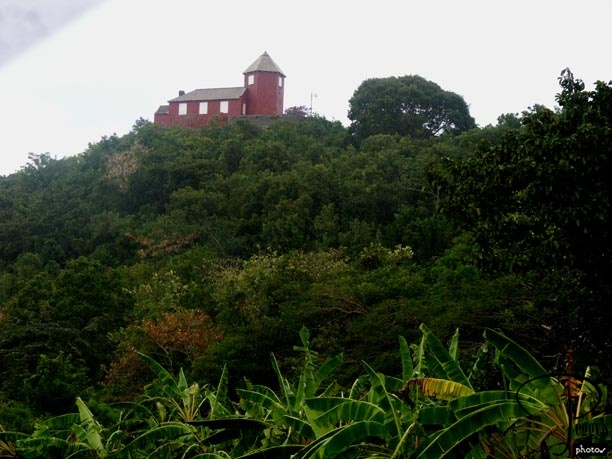
The Gun Hill Signal Station. This was one of a series of signal stations built in the early 1800s. Ships approaching Barbados could be seen from the stations and the stations would then signal each other to warn them of the approaching ships.

On the Road Again
On the Road Again

Coral stone lion statue below the Gun Hill Signal Station. It was carved out of a single piece of coral rock in 1868.

On the Road Again
On the Road Again
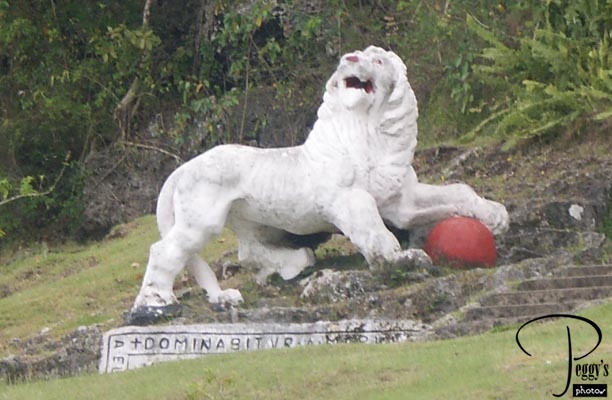
Close–up of the Coral Stone Lion.

On the Road Again
On the Road Again
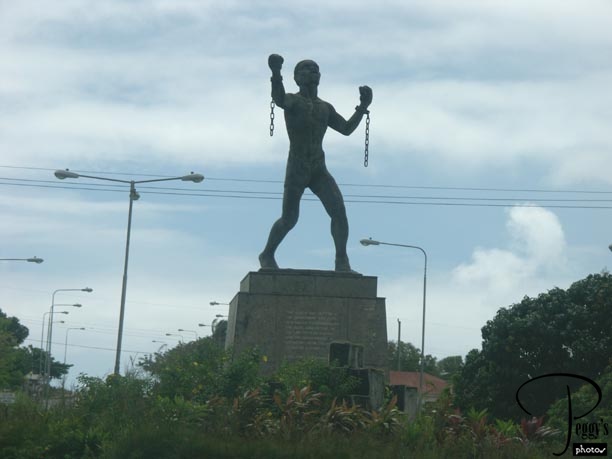
The Emanicipation Statue, done by Barbados sculptor Karl Broodhagen. The statue symbolizes the breaking of the chains of slavery. The statue is often referred to as Bussa, the name of a slave who helped inspire a 1816 revolt in Barbados against slavery. Slavery was abolished in Barbados in 1834.

On the Road Again
To the Mount Gay Rum Factory
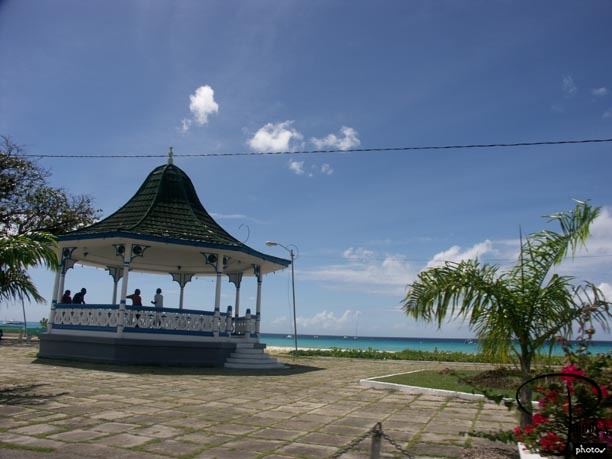
We are back to civilization and close enough to Rockley Beach for me to ask David to take me to the Internet cafe near my old hotel so I could e–mail my family. I wanted to take photos of one more place before returning to the easyCruise I and that was the Mount Gay Rum Factory. We passed this bandstand along the Caribbean on the way. Note the beautiful colors of the water.

To the Mount Gay Rum Factory
To the Mount Gay Rum Factory
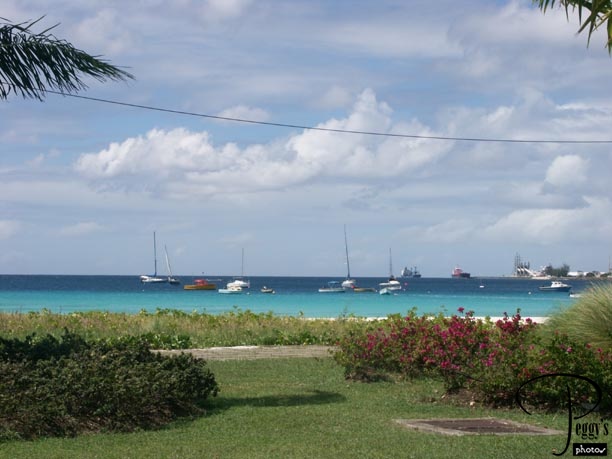
Another photo of the beautiful blue Caribbean Sea.

To the Mount Gay Rum Factory
To the Mount Gay Rum Factory
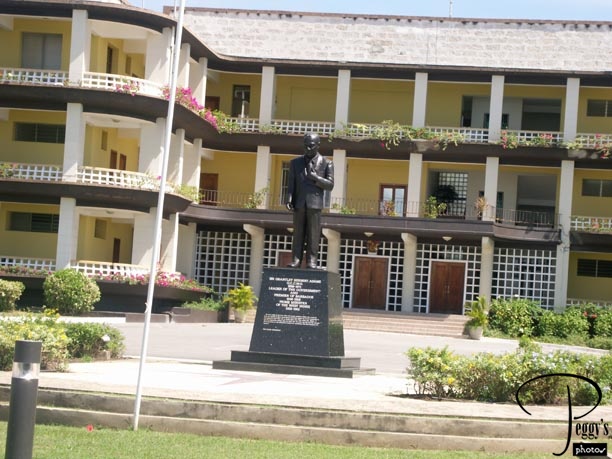
David told me that this is the Parliament Building. The statue is of Sir Grantley Herbert Adams, 1898–1971. He was the Leader of the Government and Premier of Barbados from 1946 to 1958. He was the Prime Minister of the West Indies from 1958 to 1962. Barbados is a parliamentary democracy and is an independent soveign state within the British Commonwealth. It received independent status on November 30, 1966. Its Chief of State is Queen Elizabeth and the head of its government is a Prime Minister.

To the Mount Gay Rum Factory
To the Mount Gay Rum Factory
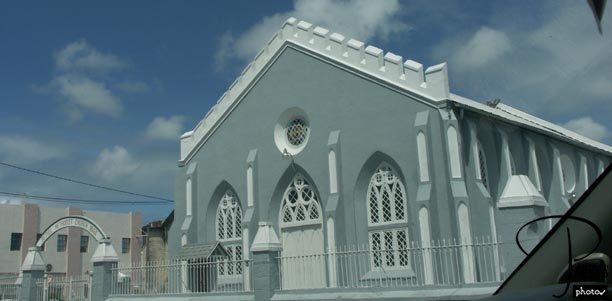
The Bethel Methodist Church, built in 1844.

To the Mount Gay Rum Factory
The Mount Gay Rum Factory
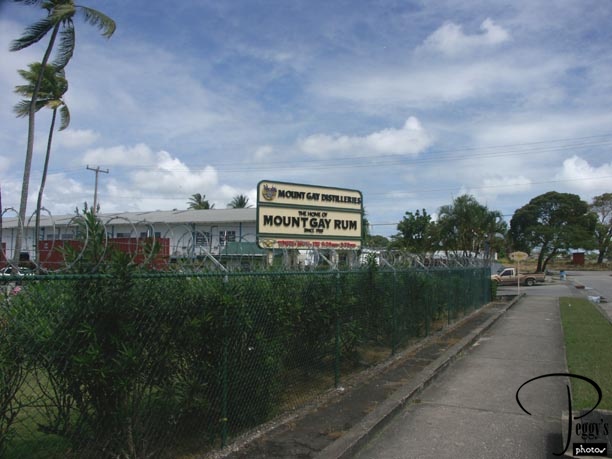
The Mount Gay Rum Factory––this is one of the three Mount Gay Rum Factories on the island of Barbados, each making a different type of rum. Mount Gay is the oldest rum in the world. You can take a short tour of the factory––you need reservations and a way to get there, but there is also a twice–a–week lunch tour available with hotel pickup. I was not able to take either of the tours but wish that I had been able to (I was too busy seeing other things when the tours were available).

The Mount Gay Rum Factory
The Mount Gay Rum Factory
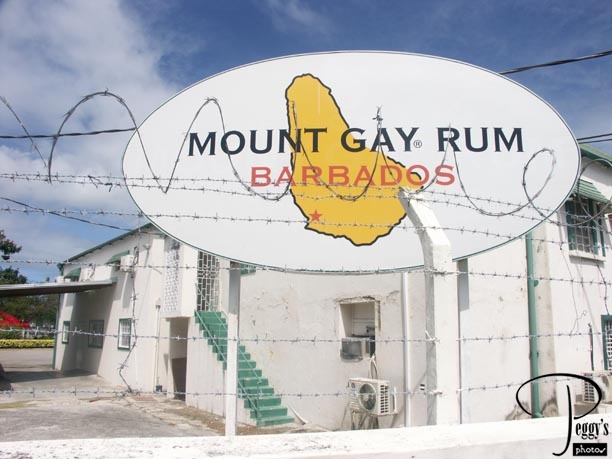
Another sign outside the factory.

The Mount Gay Rum Factory
The Mount Gay Rum Factory
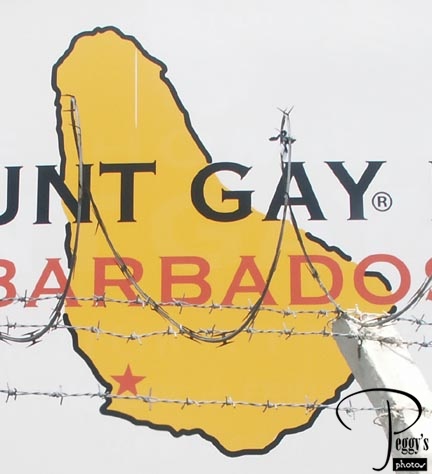
Close–up of the sign showing a map of Barbados. The star on it is where we now are, right outside of Bridgetown. David dropped me off at the cruise terminal after the wonderful tour that he gave me. I ate a late lunch al fresco at the Sports Bar (Deck 4) and had a very enjoyable conversation with one of the young cruise passengers while eating. The food at the Sports Bar was usually good and the helpings were large. I also ate my dinner al fresco at the Sports Bar and met two of the other “older people” on the ship while I was eating dinner––two very interesting women traveling together, one from England and the other from North Wales. Our ship would sail tonight to our first port of call––St. Vincent.
